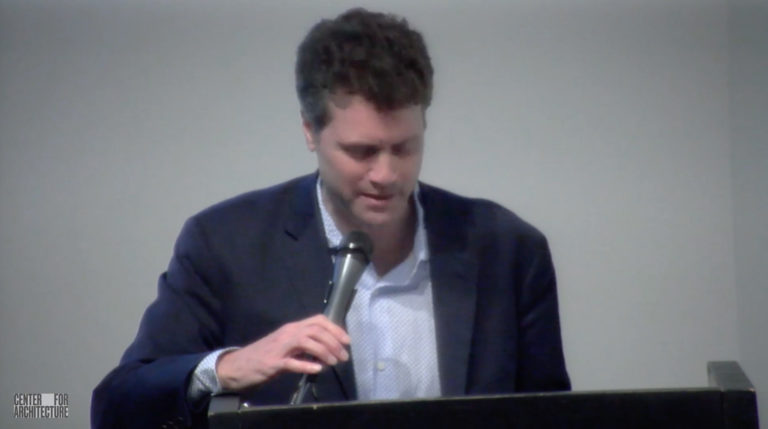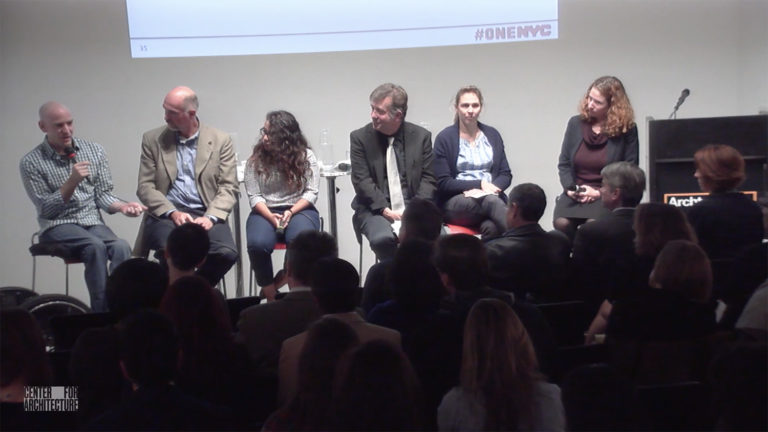The threat of extreme heat will intensify. Even President Obama has told us that the planet’s temperature is rising and that we must come to grips with that inevitability. The last decade was the hottest on record worldwide, and large cities are warming faster than the planet. Scientists predict that extreme heat events – already more deadly than all other weather-related events combined – will become more frequent. Extreme heat reduces productivity, exhausts greenery, compromises infrastructure, destroys property, and strains the economy and resources alike.
Extreme heat is here, in our region and city. The New York City Panel on Climate Change (NPCC), a full-spectrum independent body that officially advises the Mayor, considers higher temperatures to be as great a risk as coastal flooding. NPCC projects up to a 5.7°F rise by mid-century, and anticipates that by the 2080s, there will be a rise of up to 8.8° F plus 50 days/year above 90°F.
“Extreme Heat: Hot Cities – Adapting to a Hotter World” is a unique day-long symposium. A broad constituency involved in building and urban design, science, research, policy, innovation, mitigation, and adaptation will come together to discuss how to address this growing risk through planning, design, and construction.
“Extreme Heat” invites architects and landscape architects, planners, engineers, and allied professionals, government, foundations, scientists, researchers, and students – in fact, all interested stakeholders – to discuss essential information and insights. The symposium will cover topics ranging from urban climatology to building materials, case studies, and recommendations for the future. It will revisit prior extreme heat events such as the 1995 Chicago and 2003 Paris category-defining heat waves, and what has changed since then.
Nearly 30 of the most informed professionals, design practitioners, and officials will draw on their experience to explain the current situation and present challenges and opportunities. They will bring research findings, case studies, and best practices from lab to design, manufacturing to installation, policy change to implementation, new construction to comprehensive urban retrofitting.
This event featured four keynotes, four panels, and a wrap-up “What’s Ahead?” session. CityTech President Dr. Russell Holtzer opened the event.
Organized by:
AIANY Design for Risk and Reconstruction (DfRR) Committee and New York City College of Technology
In Partnership with:
AIANY Building Enclosure Council, AIANY Building Codes Committee, AIANY Committee on the Environment (COTE), AIANY Design for Aging Committee, AIANY Health Facilities Committee, AIANY Housing Committee, AIANY Planning and Urban Design Committee, AIANY Transportation and Infrastructure Committee, American Society of Landscape Architects – New York Chapter (ASLA-NY), CUNY- New York City College of Technology, NYC Department of Health and Mental Hygiene, NYC Mayor’s Office of Recovery & Resiliency, NYC Office of Emergency Management, NYC Department of Parks and Recreation, NYC Urban Heat Island Working Group, The Rockefeller Foundation, The Nature Conservancy, and Urban Green Council



